12 Best Evergreen Trees In CT

Today we are gunna talk about Evergreen trees in Connecticut... the wonderful, beautiful, jubilant, evergreen trees of CT.
If you didn't know, evergreen trees remain green throughout the year and are a popular addition to any landscape. In Connecticut, several evergreen trees thrive in the climate and provide year-round beauty.
The state is home to different types of evergreen trees, including white pine, red cedar, and hemlock. Most of these trees are characterized by arching branches, dark green leaves, and a loose pyramidal shape.
Meanwhile, other trees, such as white pine and red cedar, have pointed needles that give them a unique look. Below, we look at some evergreen trees in CT along with their distinguishing features and growing zones.
Side note: If you don't the trouble of maintaining a real evergreen tree, or want to give your house that winter time pop, consider getting a Faux Cedar Evergreen Tree. The compliments we've been getting with these have been awesome.
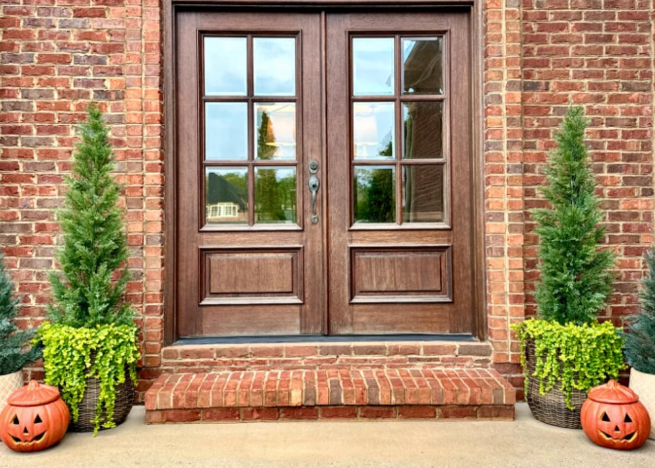
Table of Contents
- 12 Beautiful Evergreen Trees to Appreciate or Grow in CT
- Balsam Fir (Abies balsamea)
- Ponderosa Pine (Pinus ponderosa)
- Rocky Mountain Juniper (Juniperus scopulorum)
- European Fan Palm (Chamaerops humilis)
- Serbian Spruce (Picea omorika)
- Japanese Cedar (Cryptomeria Yoshino)
- Pitch Pine (Pinus rigida)
- Eastern Red Cedar (Juniperus virginiana)
- English Yew (Taxus baccata)
- Black Spruce (Picea mariana)
- Eastern Hemlock (Tsuga canadensis)
-
Atlantic White Cedar
(Chamaecyparis thyoides)
- Sweet New Earth's Favorite Evergreen Tree In Connecticut
- FAQs
12 Beautiful Evergreen Trees to Appreciate or Grow in Connecticut
Evergreen trees are popular among homeowners because they provide visual interest and privacy. They can be planted as a border or hedge, protecting against wind and providing shade during hot summer days.
The trees also offer shelter for animals, including birds and small mammals. As a CT resident, you have plenty of options when it comes to evergreens.
Here are 12 of the most popular ones that you can consider growing in your yard or appreciate from afar.
Balsam Fir (Abies balsamea)
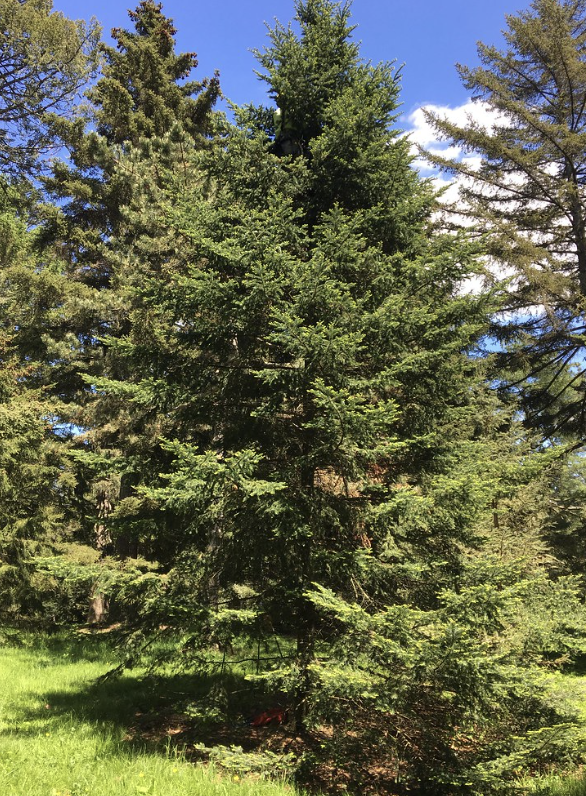
Photo Credit: Plant Image Library
Other Common Names: Biltmore white ash
Growing Zones: 3 - 5
Average Mature Height: 50 to 60 ft.
The balsam fir is an evergreen tree native to North America. It’s a popular choice as a Christmas tree, and its branches are often used in floral arrangements. It looks similar to the shade trees in Colorado.
The fruit of this tree is a resinous cone that is about 2 to 3.5 inches long. It has flat, soft scales and contains two seeds surrounded by a thin, sticky resin. The cone is a reddish-brown color when immature and turns light brown as it matures.
Ponderosa Pine (Pinus ponderosa)
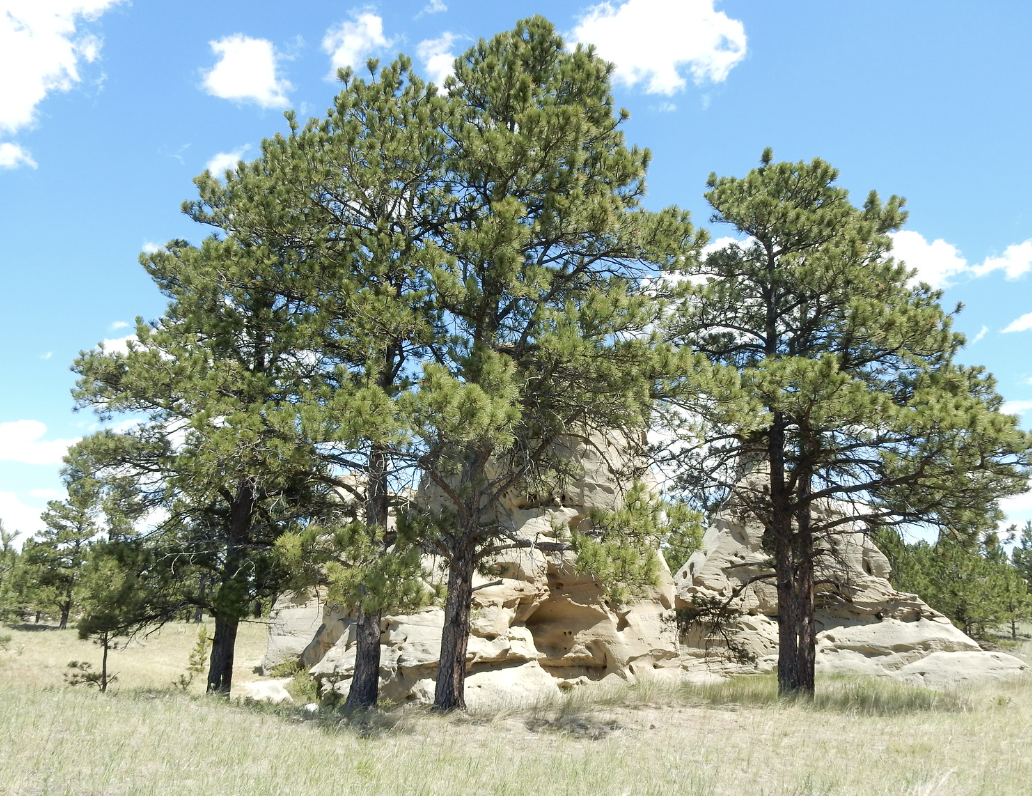
Photo Credit: Matt Lavin
Other Common Names: Sweet locust
Growing Zones: 3 - 7
Average Mature Height: 60 - 100 ft.
The majestic Ponderosa Pine is among the most widely distributed conifers in North America, growing naturally from British Columbia to Mexico. It is a large and stately tree with bright green needles and reddish-brown bark. It thrives in high elevations but can also survive at lower altitudes.
The
pine tree is tolerant of various soil types, including sand and clay. It is also resistant to many common pests and diseases, making it a hardy choice for landscape projects.
Rocky Mountain Juniper (Juniperus scopulorum)
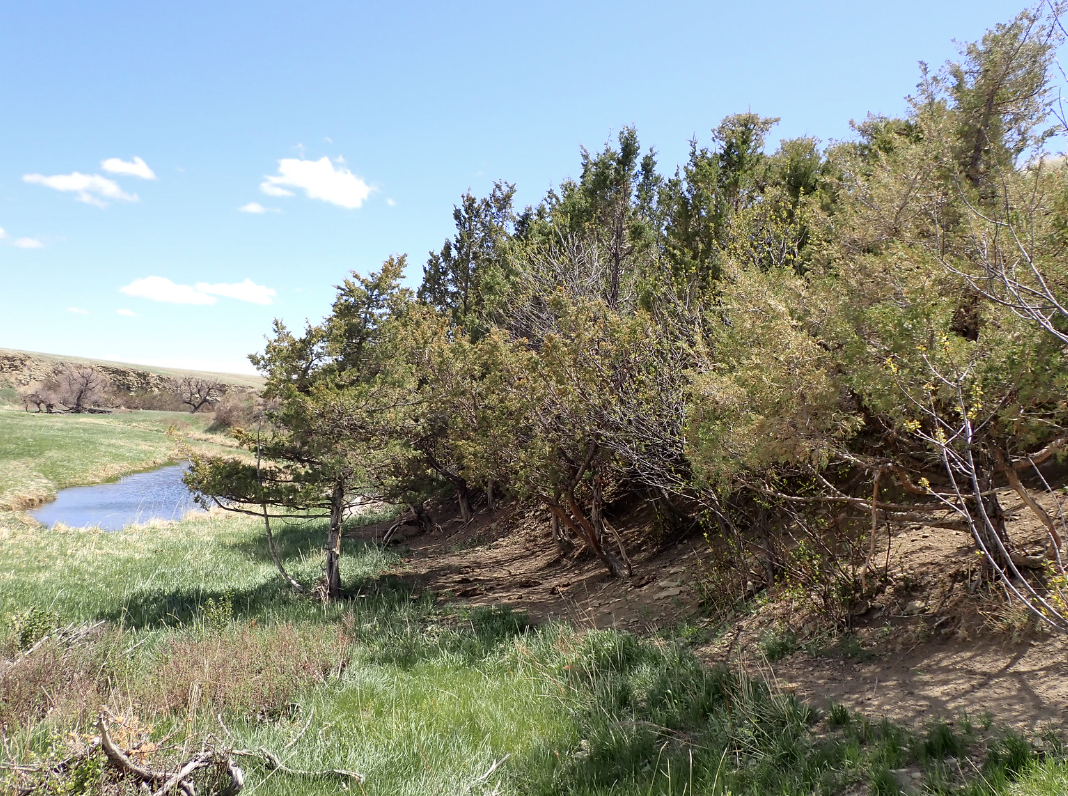
Photo Credit: Matt Lavin
Other Common Names: Mountain Red Cedar
Growing Zones: 3 - 9
Average Mature Height: 20 to 30 ft.
The Rocky Mountain juniper is a hardy evergreen conifer tree grown for its distinctive form, attractive foliage, and fragrant wood. The pyramidal-shaped tree features drought-tolerant blue-green foliage with reddish-brown bark.
It is a popular choice for windbreaks, screens, and hedges. While it's common in the Rocky Mountains, you'll also find this juniper in Wildcat Hills and Pine Ridge.
European Fan Palm (Chamaerops humilis)
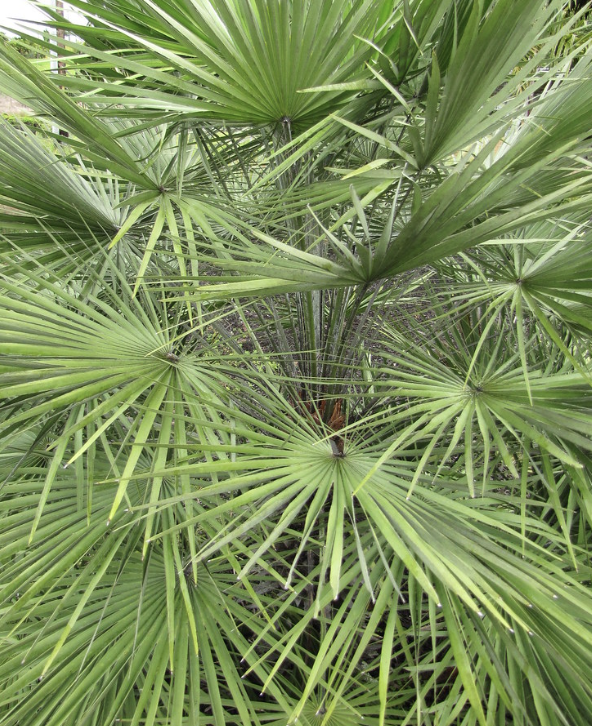
Photo Credit: Forest and Kim Starr
Other Common Names: Mediterranean dwarf palm
Growing Zones: 8 - 11
Average Mature Height: 8 to 15 ft.
Aptly named, the European Fan Palm is native to the Mediterranean region and is known for its attractive fan-shaped foliage. The leaves are a silvery-green color with a saw-toothed edge and can grow up to three feet across.
It is considered a cold hardy palm, able to tolerate low temperatures. Plus, it is drought-tolerant. The foliage may get damaged, but the truck survives drought conditions and re-leafs.
Serbian Spruce (Picea omorika)
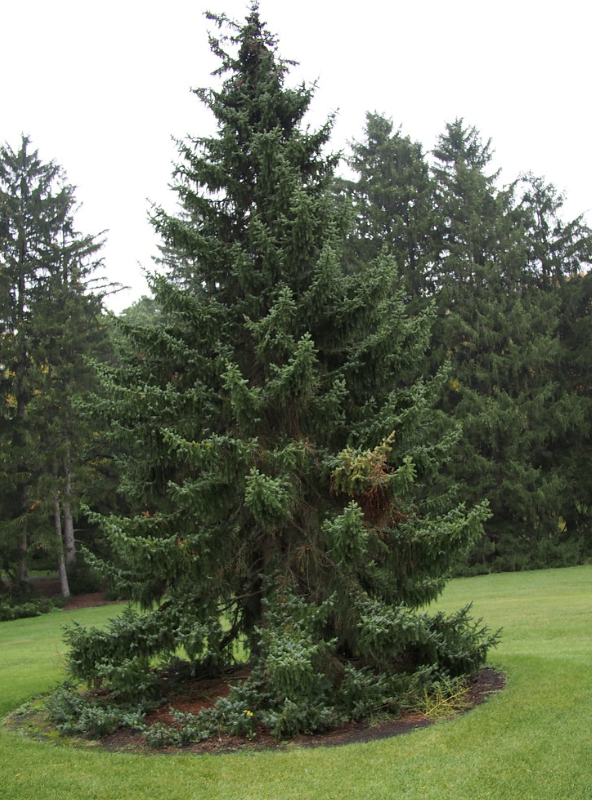
Photo Credit: Richards
Other Common Names: Soft Maple, River Maple, Water Maple, White Maple
Growing Zones: 4
Average Mature Height: 50 to 60 ft.
The Serbian Spruce is a medium-sized coniferous evergreen tree that grows in an upright pyramidal shape with a dense, uniform habit. A beautiful addition to any landscape, the Serbian Spruce has deep green needles that are soft to the touch, with a unique blue-green glimmer.
RELATED: 12 Best Shade Trees In Wisconsin
In late winter, the trees are adorned with long cones that hang off of their branches like Christmas ornaments. Serbian Spruce also has a slow growth rate, which makes them ideal for smaller yards and container gardening.
Japanese Cedar (Cryptomeria Yoshino)
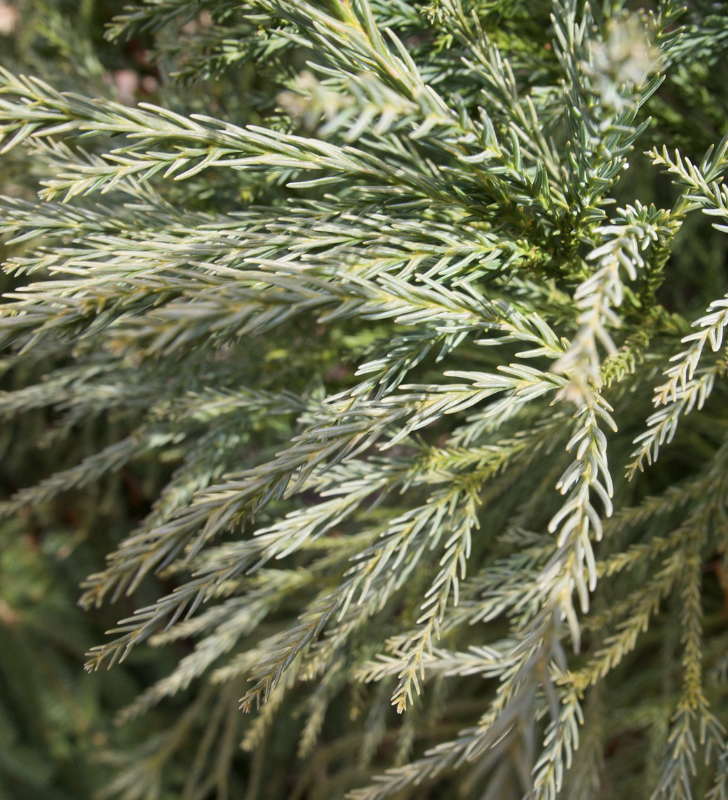
Photo Credit: Richards
Other Common Names: Japanese Redwood
Growing Zones: 5 to 8
Average Mature Height: 50 to 70 ft.
The Japanese Cedar is a beautiful, graceful evergreen that stands out in the landscape. Its distinct shape, lush green foliage, and reddish-brown bark make it an attractive addition to any garden.
It prefers moist, well-drained soil but is quite tolerant of a wide range of conditions. For best results, plant it in a sunny location with plenty of room for the plant to grow. It is also a good idea to mulch the area around its base to help keep the soil moist and cool.
Pitch Pine (Pinus rigida)
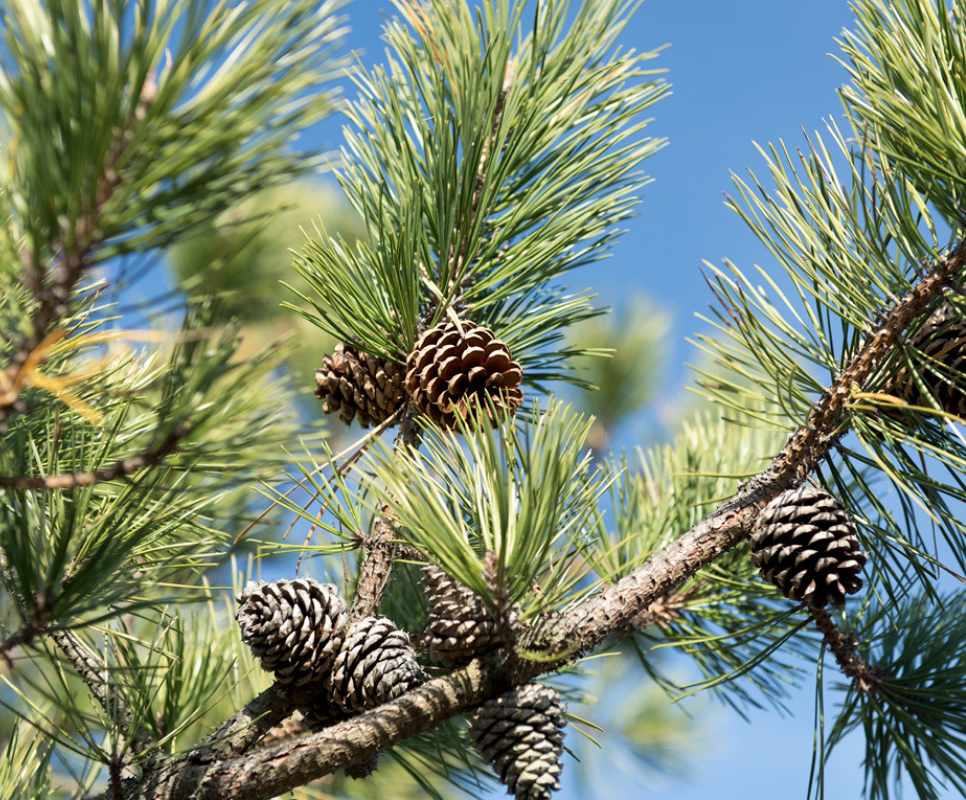
Photo Credit: Plant Image Library
Other Common Names: Torch Pine, Yellow Pine
Growing Zones: 4 - 7
Average Mature Height: 50 to 60 ft.
The Pitch Pine is an evergreen coniferous tree that grows in zones 4 through 7. It is a low-maintenance tree, requiring minimal care and attention once established.
The Pitch Pine has a straight trunk with attractive dark green needles, which change to yellow-green in the winter. It is normally grown for its ornamental value, but can also be used as a windbreak or to provide shade.
Eastern Red Cedar (Juniperus virginiana)
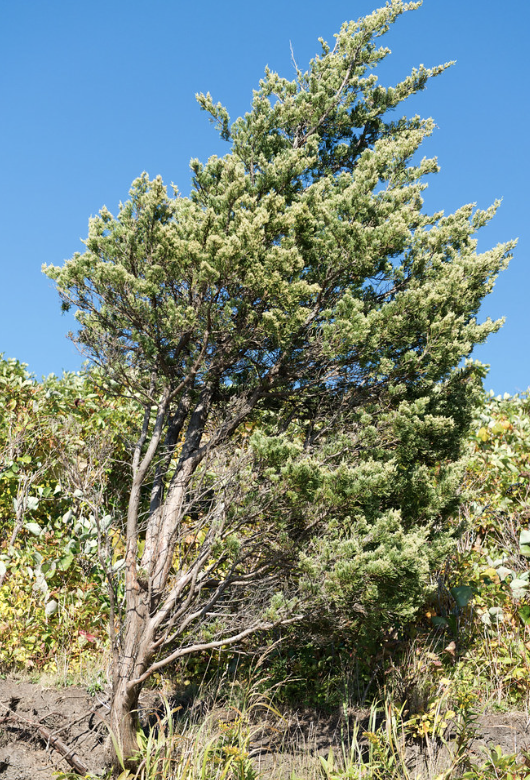
Photo Credit: Plant Image Library
Other Common Names: Pencil cedar
Growing Zones: 2 - 9
Average Mature Height: 40 to 50 feet
The Eastern Red Cedar is an evergreen conifer native to the eastern United States. Its scale-like foliage is bright green in summer and changes to a deep purple in winter.
The foliage also has a pleasant, cedar-like aroma. It is a drought-tolerant tree but will perform best if watered regularly..
English Yew (Taxus baccata)
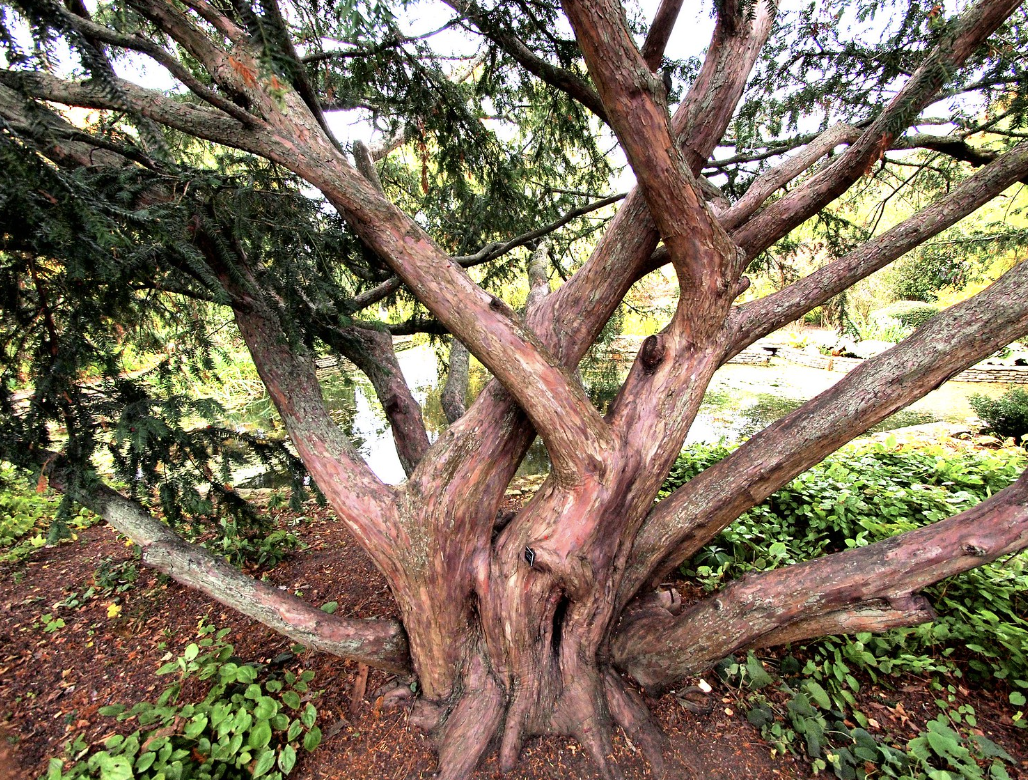
Photo Credit: John Picken
Other Common Names: Common yew, European yew
Growing Zones: 5 - 7
Average Mature Height: 20 to 25 ft.
The English yew is a large, evergreen shrub or tree native to Europe and western Asia. It has been widely planted in many parts of the world and is often used in landscaping.
The English yew grows best in partial shade to full sun and acidic soil with a neutral pH. It is a slow-growing species, taking up to 15 years to reach its mature height.
Black Spruce (Picea mariana)
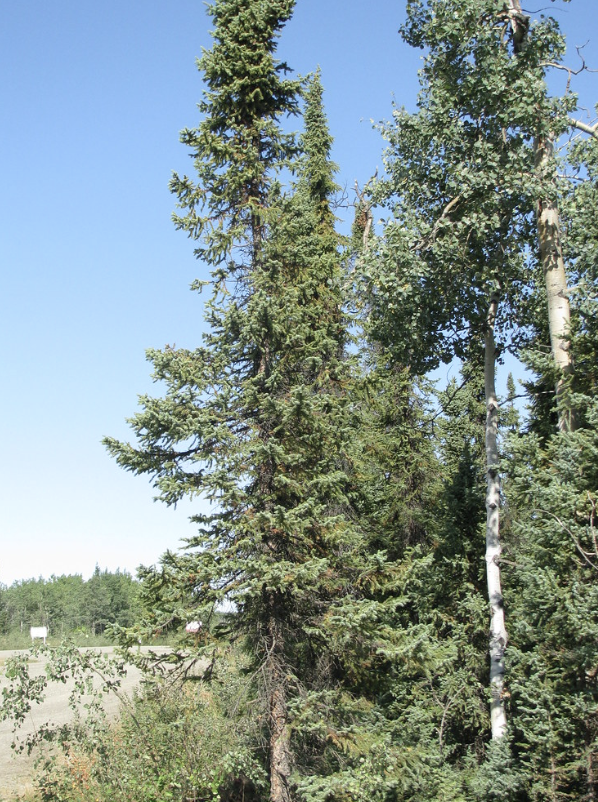
Photo Credit: Arthur Chapman
Other Common Names: Bog spruce, swamp spruce
Growing Zones: 2 - 6
Average Mature Height: 20 to 30 ft.
Being a medium-sized tree, the black spruce can reach 20 to 30 feet in height and 8 to 10 feet in width. It has a conical shape with dense, dark green needles that can be up to an inch long.
RELATED: Best Trees For Privacy
The bark of the black spruce is thick, scaly, and grayish-brown, becoming more furrowed with age. The seeds are yellow-brown, winged cones 1 to 2 inches long and hang down from slender branches.
Eastern Hemlock (Tsuga canadensis)
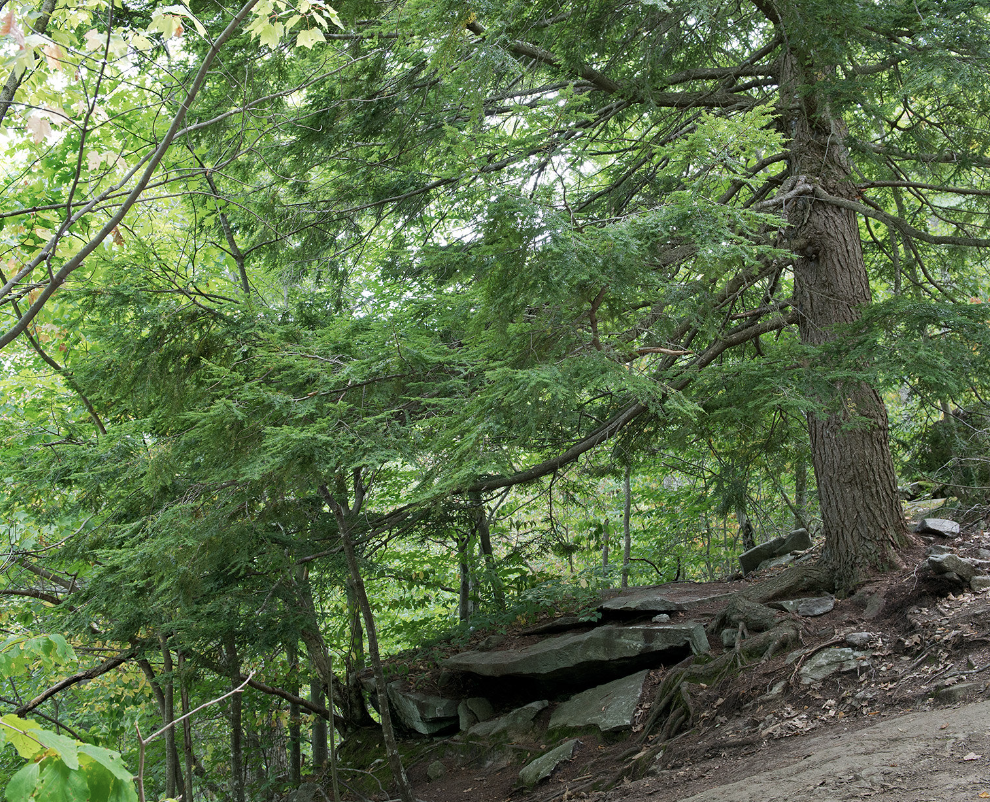
Photo Credit: Plant Image Library
Other Common Names: Hemlock spruce, Canada hemlock
Growing Zones: 3 - 8
Average Mature Height: 60 to 70 ft.
The Eastern hemlock is a needle-leaved evergreen tree with a pyramid shape and dark green needles. The tree grows in cooler weather and can tolerate shade. Its needles are arranged in flat planes that give it a layered effect.
It can be easily transplanted, making it a popular choice for landscaping. Eastern hemlocks prefer moist soils but can tolerate drier conditions if well-drained. They can also tolerate salt and air pollution.
Atlantic White Cedar (Chamaecyparis thyoides)

Photo Credit: Plant Image Library
Other Common Names: Southern white cedar, swamp cedar
Growing Zones: 3 to 8
Average Mature Height: 75 ft.
The Atlantic white cedar is a coniferous evergreen tree with a pyramidal to narrow, columnar shape and blue-green foliage. It is native to the coastal plain of southeastern North America, from Maryland and Delaware southward into northern Florida.
The Atlantic white cedar is an important species in many wetland ecosystems, providing cover, food, and nesting sites for wildlife. Its foliage turns a yellow-orange color in the fall.
Sweet New Earth's Favorite Evergreen Tree In Connecticut
We put the Balsam Fir at the top of the list for a reason... it's a beautiful evergreen that deserves the honor. The tree quite literally looks like Christmas.
Thanks for stopping by! If you need help trimming any trees, be sure to check out our article on the best tools to cut tree branches.
FAQs

Christina Hernandez
Christina has done most of her research on environmental science but recently has changed her focus towards sustainable forestry. She has a passion for the outdoors and wants to spread that passion to the world.
Join our community!
Join to receive guides, insights, and the latest gardening deals!
